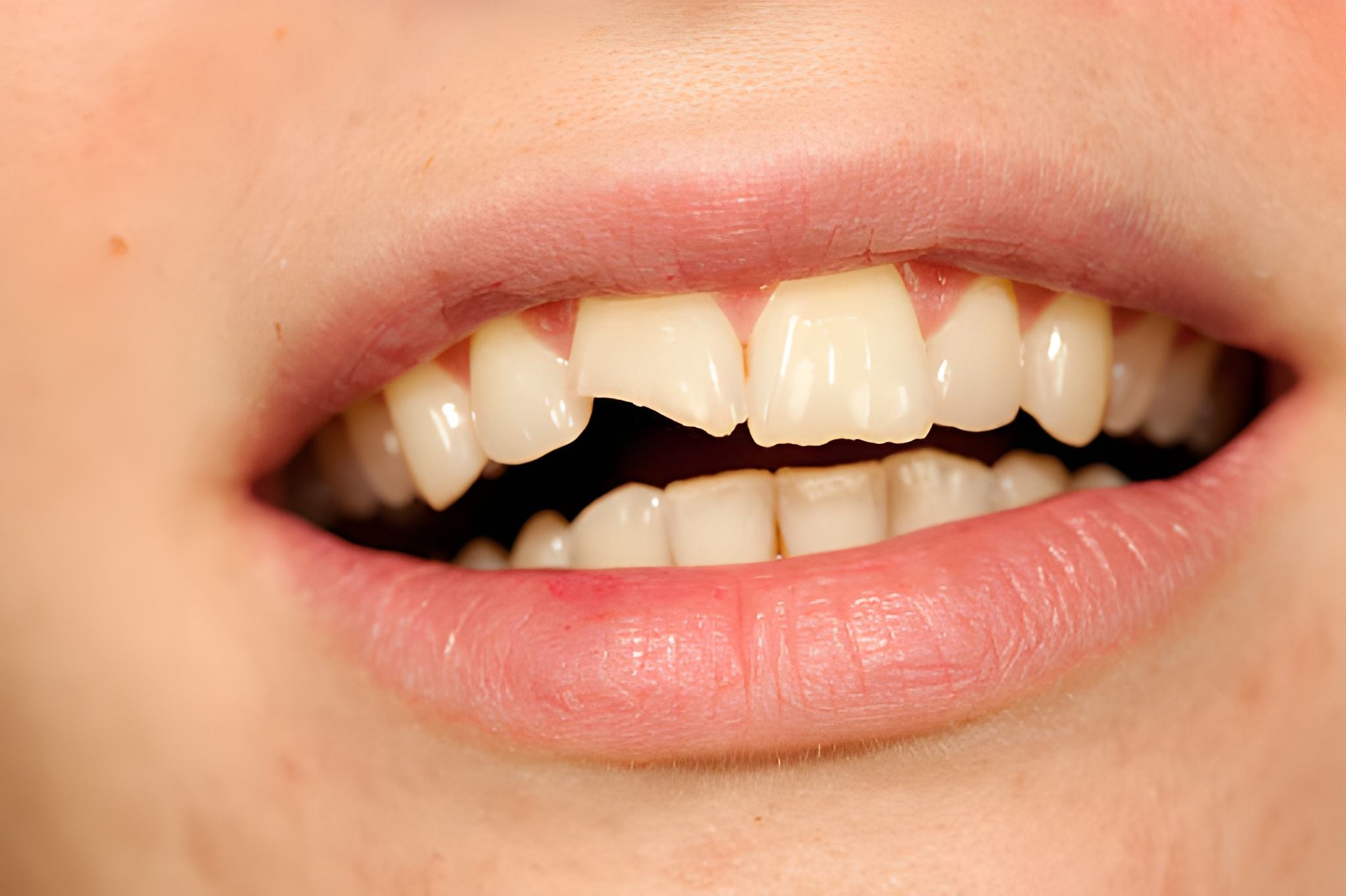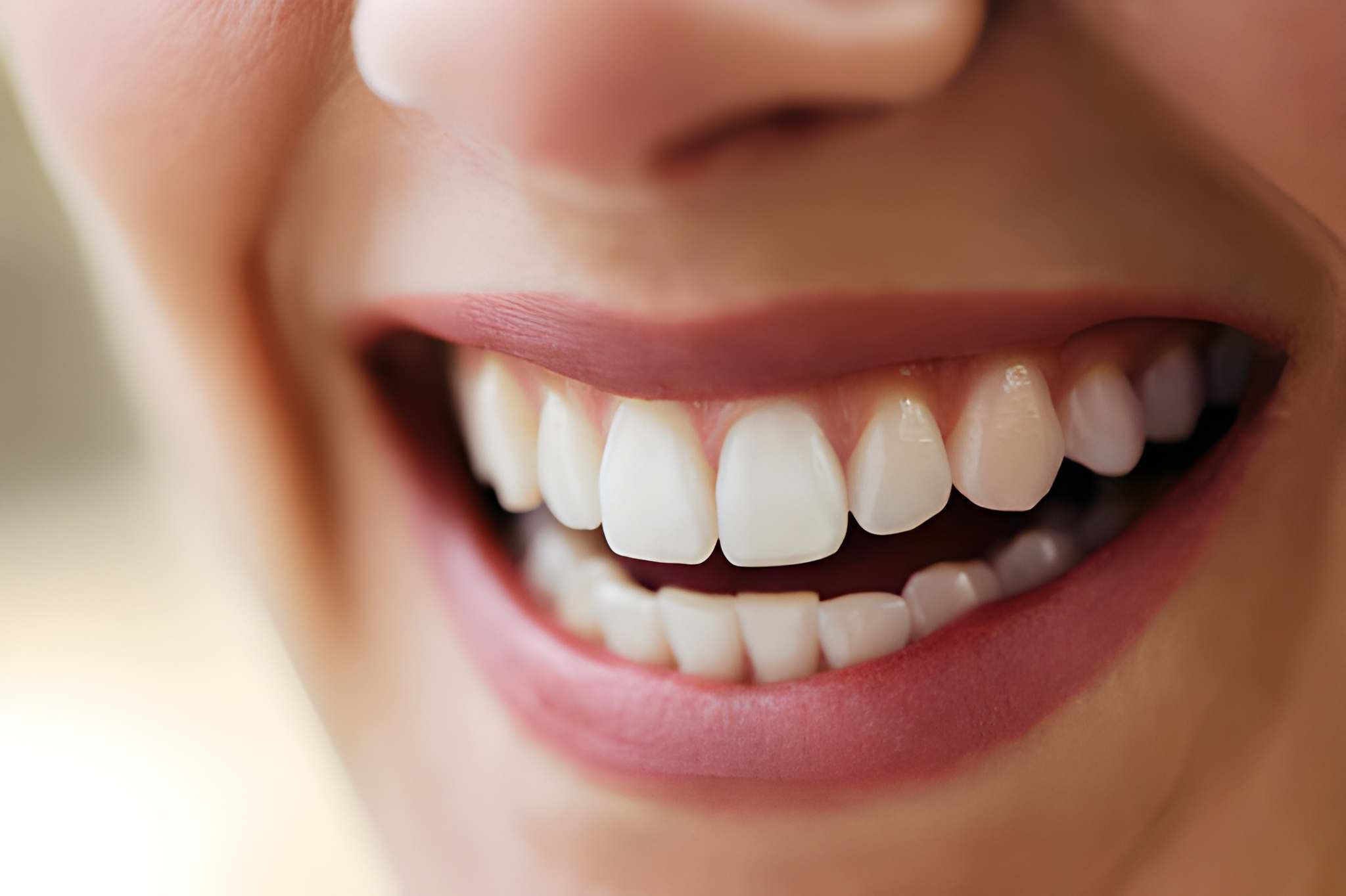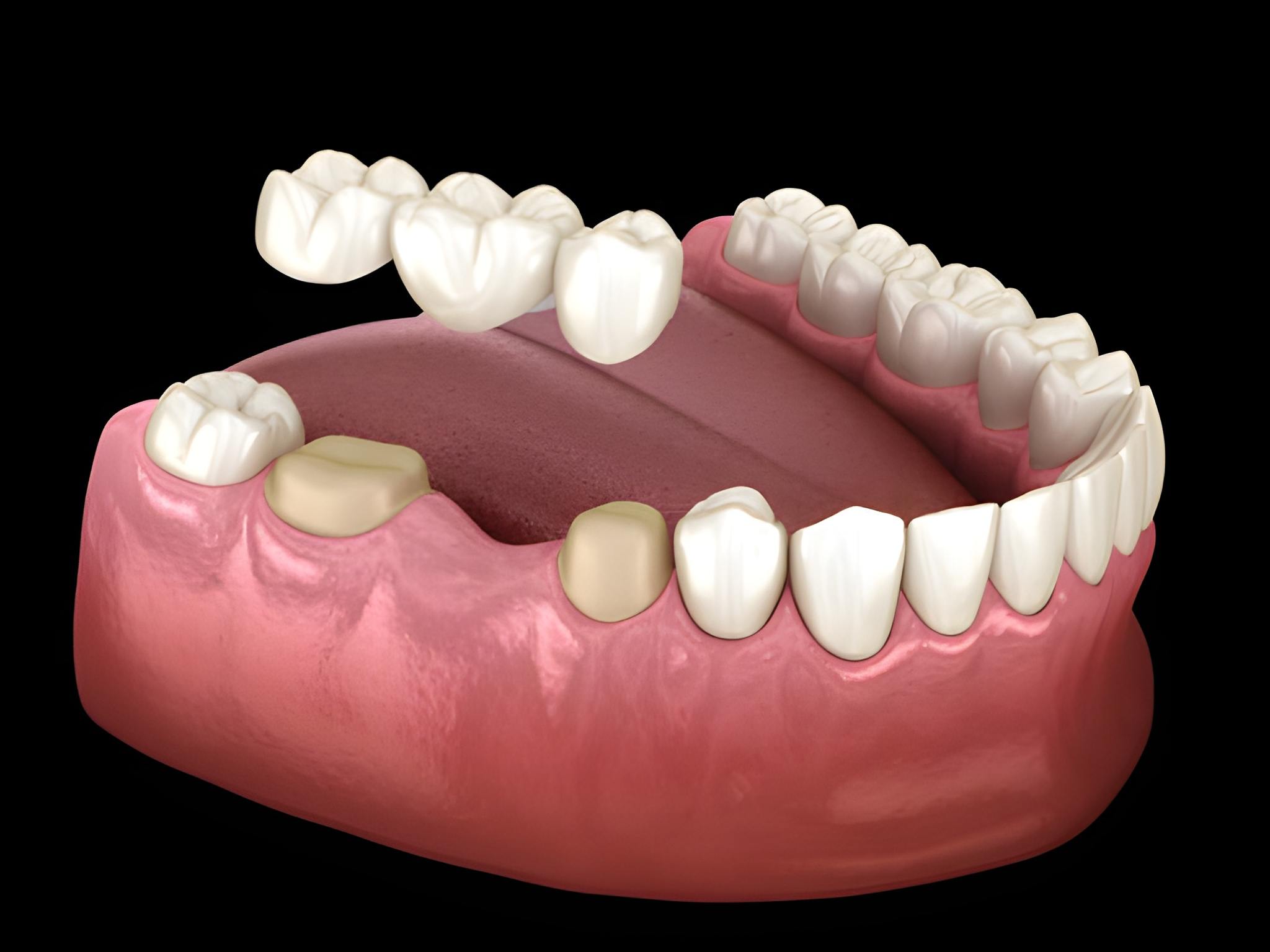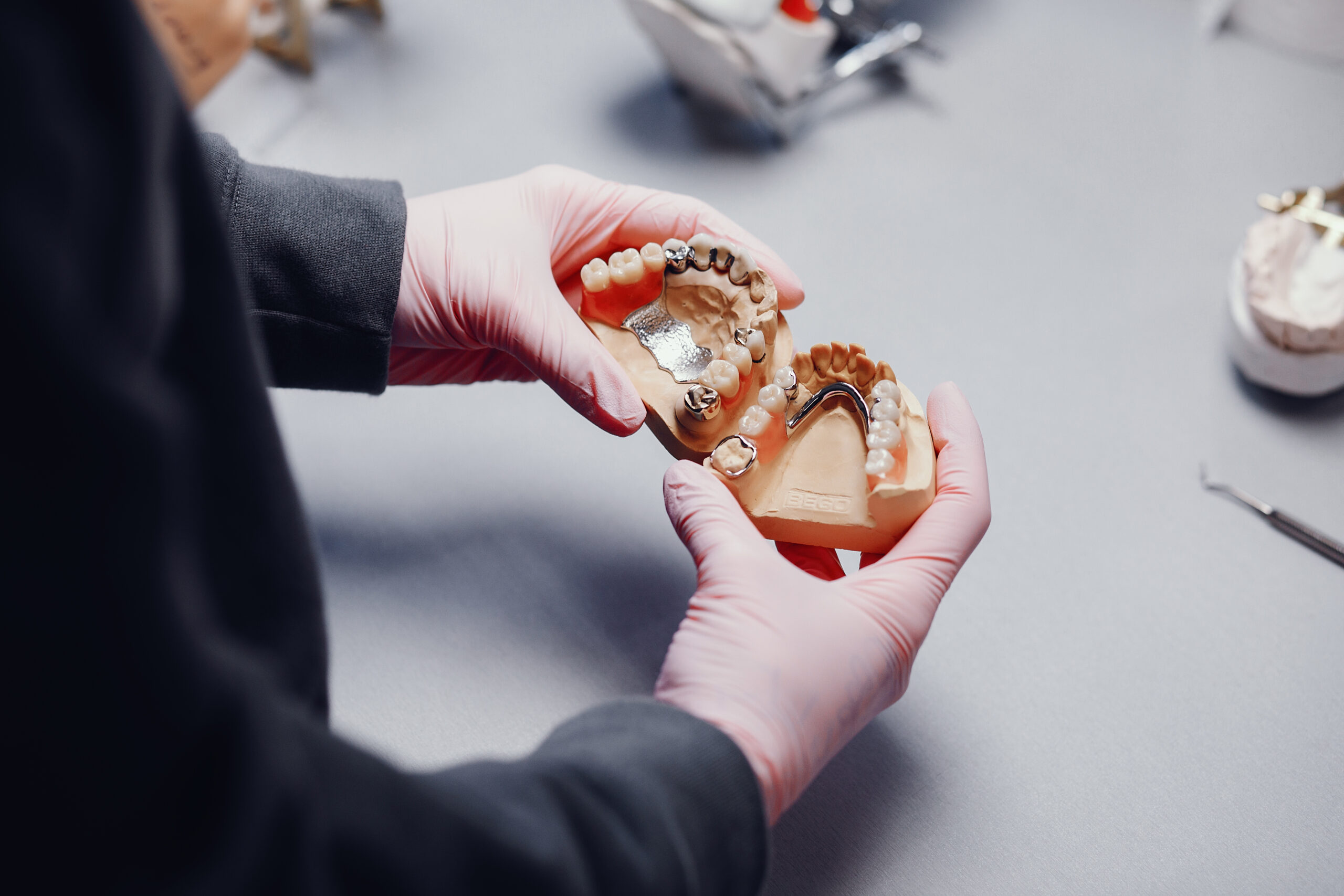Home 5 Simple At-Home TMJ Relief Exercises for Gallup Residents

The temporomandibular joint, or TMJ, is regarded as one of the most important joints in our body.
It is the joint that connects your skull to your lower jaw, allowing motion in the jaw muscles, as well as during eating and many other activities. Sometimes, the TMJ pain becomes difficult to handle and treat. This situation is termed TMJ disorder.
In fact, studies show that between 5% to 12% of the general adult population is suffering from TMJ disorder. However, there are specific exercises that can help alleviate TMJ pain.
In this article, we will cover five simple and easy-to-follow exercises that can help alleviate TMJ pain.
It is often hard to determine the exact cause of TMJ disorder. The pain may be because of factors such as gum chewing, nail biting, stress, and teeth clenching. Many painful conditions, which include osteoarthritis, jaw injury, or fibromyalgia, may occur along with the disorder.
Most TMJ issues cause pain and discomfort for a short period. Self-managed home care, the use of a mouthguard, or even physical treatment for the jaw can all help cure TMJ symptoms. If the discomfort persists, the dentist will most likely propose surgery. Typically, this is the final resort for treating TMJ issues, although it has been shown to be beneficial to many individuals.
Symptoms of TMJ disorders may include:
Painful TMJ disorders can happen if:
Many times, the causes of TMJ disorders cannot be rightly predicted because there are a variety of reasons that can lead to TMJ pain.
TMJ disorder, or TMJ pain, does not last for a long time. Therefore, sometimes people prefer to exercise in the comfort of their home.
It is essential to note that these exercises cannot replace traditional treatments. Thus, it is always advisable to consult your dentist in Gallup, NM for professional treatment. These exercises are therefore not a substitute but a complement to professional dental treatments.
Goldfish exercises (partial opening) are useful in treating TMJ discomfort. This practice involves partially opening and shutting the mouth. This action is comparable to how goldfish open and close their mouths, hence the name.
This exercise relaxes the muscles surrounding the jaw joints, making jaw movement simpler and less painful. This exercise improves range of motion and flexibility while, most significantly, reducing temporomandibular joint stiffness.
Duration/ Frequency: Perform 6–8 repetitions per set, 3–4 times daily.
Relaxed jaw exercises are one of the most effective techniques to alleviate discomfort in the temporomandibular joint. This exercise involves slowly opening and shutting your mouth while maintaining your teeth apart and your tongue against the roof of your mouth. This lets the jaw relax.
During this exercise, keep the muscles around your jaw relaxed. This concentration reduces stress and stiffness in the region, offering relief by TMJ specialists in Gallup, NM.
Duration/ Frequency: Repeat for 5 minutes, 2–3 times daily.
Chin tucks are a basic workout that can help with temporomandibular joint (TMJ) problems. This exercise includes tucking your chin toward your chest while maintaining your neck and head upright.
Hold this stance for a few seconds before gently releasing and returning to your original position. This exercise can help improve posture and relieve stress in the jaw muscles, thereby alleviating TMJ symptoms.
Duration/ Frequency: Hold for 3–5 seconds, repeat 10 times, 2–3 times daily.
Resisting the opening of the mouth is one of the finest exercises for relieving temporomandibular joint (TMJ) discomfort. It strengthens the jaw and facial muscles, reducing TMJ strain and discomfort.
To begin this exercise, sit or stand with your head and neck in a neutral position. Place your index fingers beneath your chin and gradually open your lips. Your fingers should oppose the motion so that you can feel the muscles in your jaw and face functioning.
Before slowly releasing it and returning to your posture. This exercise can help improve posture and relieve stress in the jaw muscles, thereby alleviating TMJ symptoms.
Duration/ Frequency: Hold for 5–6 seconds, repeat 5–10 times, 1–2 times daily.
Another effective exercise for temporomandibular joint (TMJ) pain relief is side-to-side jaw movement. It works by extending the muscles that support the TMJ, therefore improving joint mobility and alleviating pain. You may perform this exercise lying down or sitting up.
To begin, open your mouth slightly and softly wiggle your jaw from side to side. Keep your teeth slightly apart and use a gentle, smooth motion.
Duration/ Frequency: Perform 5–10 repetitions, 2–3 times daily.
If you notice that at-home exercises are not helping with your pain and TMJ symptoms, or if you are experiencing severe pain and jaw locking frequently, this is a sign to visit your dentist and seek professional help.
A TMJ specialist in Gallup, NM, can provide you with tailored treatment for your specific condition and help prevent it from worsening. For Gallup residents, consulting a local professional dentist ensures that you receive the right treatment at the right time, which helps protect both your oral health and overall well-being.





